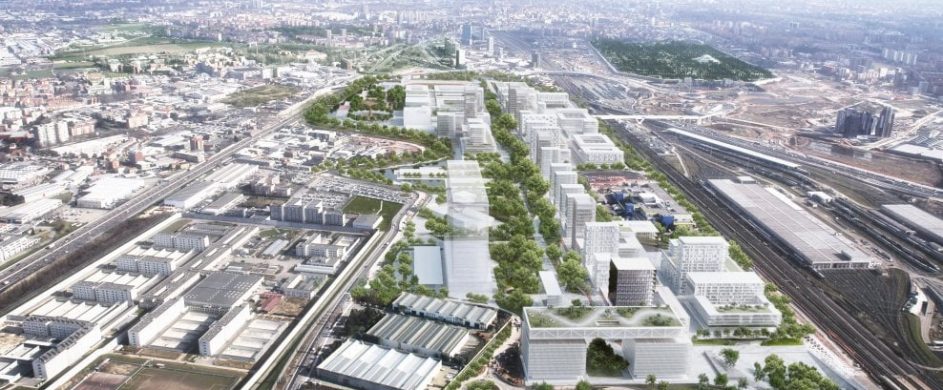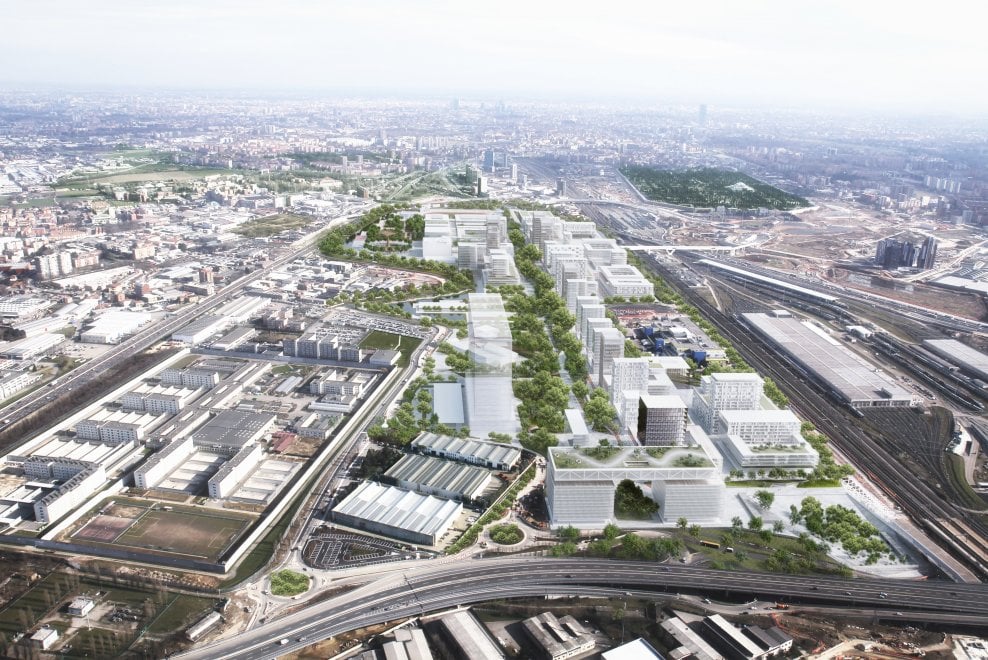At the end of October, Lendlease won the contest for the design and the management (for 99 years) of the former Expo Area with an offer of 115 million euros (starting from an auction base of 91 million), beating the French group Steam Europe. The Australian company, in partnership with Carlo Ratti (the Italian architect head chief of the Senseable City Lab at the Massachusetts Institute of Technology that designed the “supermarket of the future” for Coop at Expo 2015) for what concerns the design, will divide the area in two zones divided by the former Decumanus, which will become one of the largest linear parks in Europe with a length of 1.5 kilometers.
///
Alla fine di ottobre Lendlease si è aggiudicata la gara per la progettazione e la gestione dei terreni ex Expo per 99 anni con un’offerta di 115 milioni di euro (partendo da una base d’asta di 91 milioni) battendo i francesi della Steam Europe. La società australiana, che si è avvalsa della collaborazione di Carlo Ratti (l’architetto italiano a capo del Senseable City Lab del Massachusetts Institute of Technology che per Expo progettò il “supermercato del futuro” di Coop) per quanto riguarda la progettazione, dividerà il parco di Expo in due zone separate dall’ex Decumano, il quale diventerà uno dei più grandi parchi lineari d’Europa con la sua lunghezza di 1,5 chilometri.
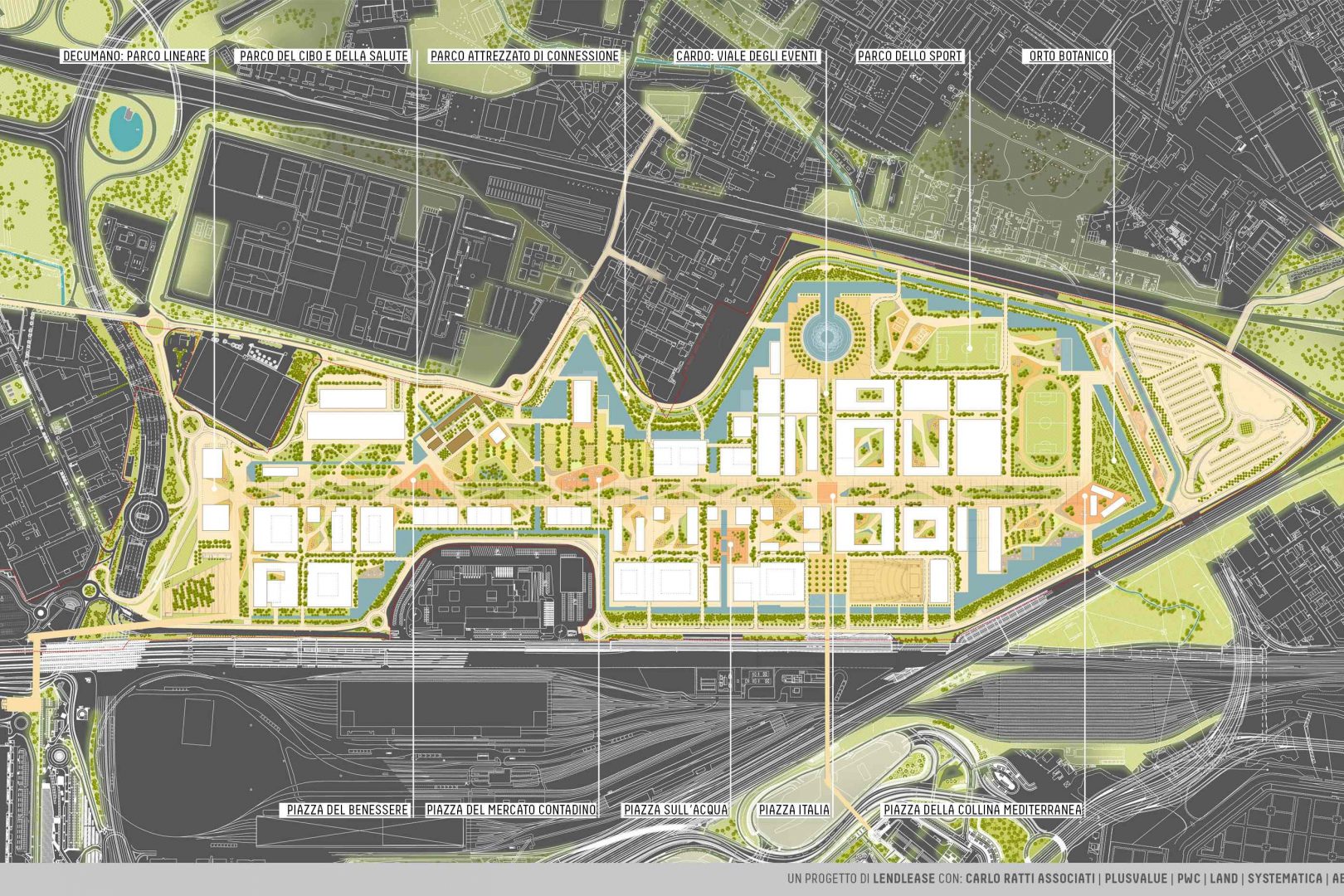
With an investment of two billion euros, the former site of the 2015 Universal Exposition will change its face by transforming itself into a village of research and medical science: thanks to this intervention, which will also include offices, research centers, residences, cultural spaces and areas for urban agriculture, on the north-western outskirts of Milan will arise a center of studies about health and genetics (Human Technopole) and the new hospital Galeazzi, specialized in orthopedics; in addition, the Statale University has already expressed its willingness to move there its scientific faculties (now located in the district of Città Studi) and Arexpo, the public company that owns the property the area, also aims to create co-working spaces and attract commercial activities such as bars, shops, gyms and restaurants in order to make “alive” the new village 24 hours a day.
///
Con un investimento di due miliardi di euro, l’ex sito dell’Esposizione Universale 2015 cambierà faccia traformandosi in una cittadella della ricerca e della scienza medica: grazie a questo intervento, che includerà al suo interno anche uffici, centri di ricerca, residenze, spazi culturali ed aree per l’agricoltura urbana, alla periferia nord ovest di Milano sorgeranno un centro di studi nel campo sanitario e della genetica (Human Technopole) ed il nuovo ospedale Galeazzi, specializzato in ortopedia; inoltre, l’Università Statale ha già manifestato la volontà di voler traslocare lì le facoltà scientifiche (oggi situate nel quartiere di Città Studi) ed Arexpo, la società pubblica che possiede i terreni dell’area, punta anche a creare spazi di co-working ed attirare attività commerciali come bar, negozi, palestre e ristoranti al fine di rendere la nuova cittadella viva 24 ore su 24.
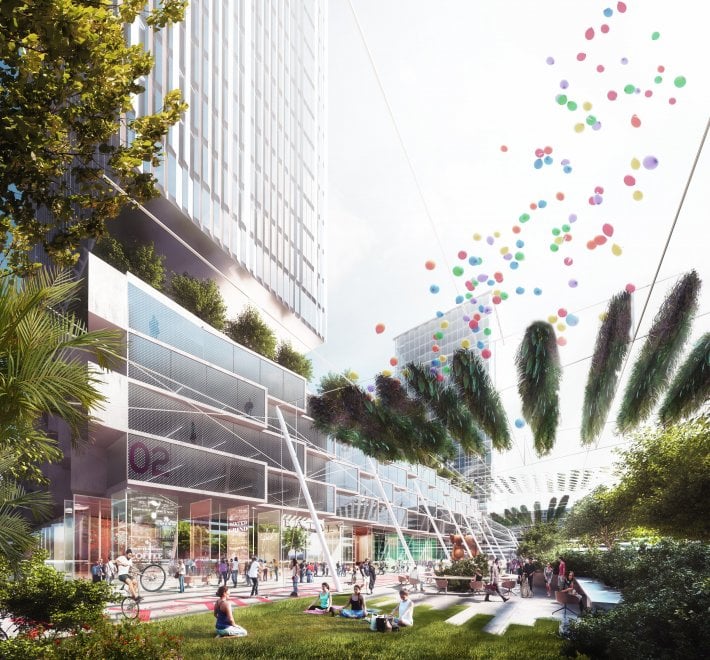
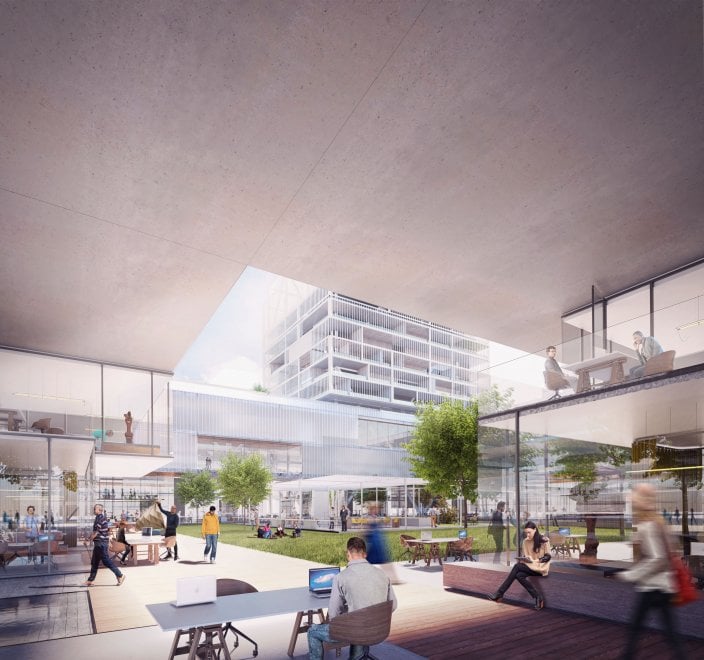
Through a gradual program of space conversion, the streets of the Science Park will arrive to accommodate cars with automatic-driving technology, in order to reduce traffic and improve environmental quality. The timing of realization will obviously not be immediate: despite researchers of Human Technopole will begin to settle (in the former Palazzo Italia) already in January 2018 and the first steps for the construction of the new Galeazzi Hospital will start in March, the conclusion of the works is rumored that will be about 2027. In the meantime, in 2018 the final masterplan will be officially defined and in the first half of 2019 it should be possible to see the first construction sites begin.
///
Attraverso un graduale programma di conversione degli spazi, le strade del Parco della Scienza arriveranno ad accogliere vetture a guida autonoma con l’obiettivo di ridurre il traffico e migliorare la qualità ambientale. I tempi di realizzazione ovviamente non saranno immediati: nonostante già a Gennaio 2018 inizieranno ad insediarsi (nell’ex Palazzo Italia) i ricercatori di Human Technopole ed a Marzo partiranno i primi step per la costruzione del nuovo ospedale Galeazzi, per la conclusione dei lavori si parla del 2027. Nel frattempo, nel 2018 verrà definito in modo ufficiale il progetto definitivo del masterplan e nel primo semestre 2019 dovrebbe, quindi, essere possibile veder iniziare i primi cantieri.
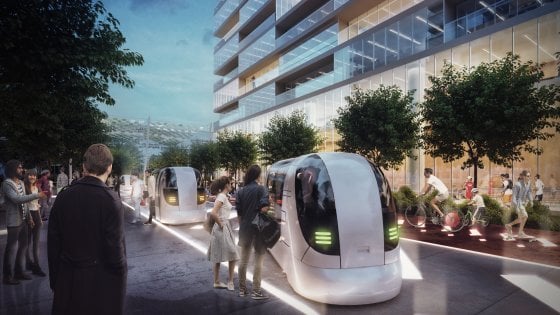
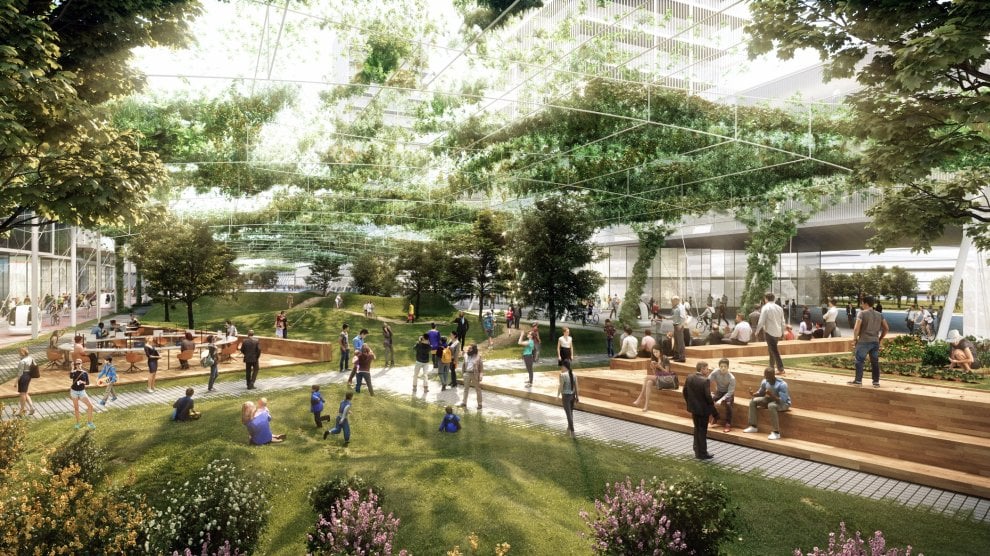
What do you think about it? Please leave a comment on our Facebook post!

